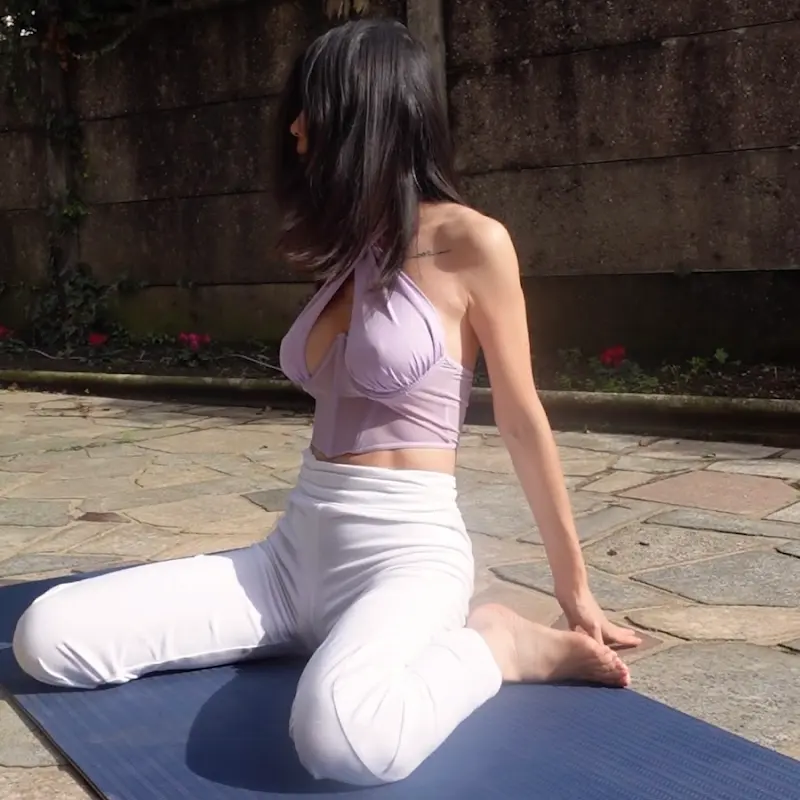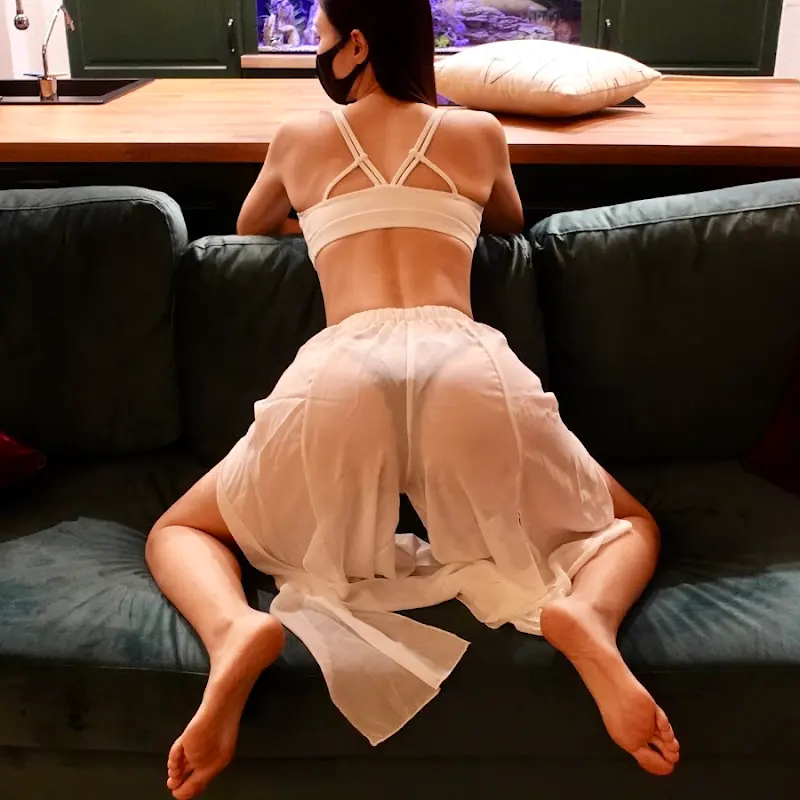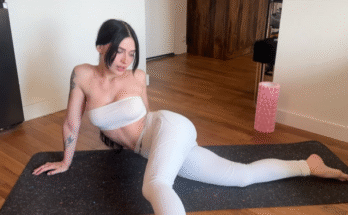
Yoga has always been more than just a workout—it’s a practice of self-discovery, balance, and mindful movement. Among the many styles of yoga that have blossomed over the years, one that’s becoming increasingly popular is what many call a “Bendy Yoga Flow Work” practice. This isn’t simply about achieving contortion-like flexibility; it’s about learning how to flow with grace, unlock deeper stretches, and strengthen the body while cultivating softness in the mind.
In this article, we’ll dive into what Bendy Yoga Flow Work means, why it’s beneficial, and how you can incorporate it into your personal practice or teaching. Whether you’re an experienced yogi or a beginner looking to explore flexibility and fluidity, this guide will give you insight, inspiration, and practical steps to make your practice both bendy and mindful.
What Is Bendy Yoga Flow Work?
The phrase combines two key elements:
- Bendy – emphasizing flexibility, openness, and deep stretching. Think of long, luxurious poses that release tight muscles and joints. Being “bendy” isn’t about circus tricks—it’s about expanding your range of motion and letting the body feel light and free.
- Yoga Flow – highlighting continuous, dance-like movement from one pose to another. Flow work is about syncing your breath with motion, creating transitions that feel seamless and natural.
Together, Bendy Yoga Flow Work becomes a practice where flexibility and flow merge. You challenge your body to open and lengthen while also learning to move gracefully through sequences that feel more like choreography than static exercise.

Why Flexibility and Flow Matter
Many people think yoga is only about holding still in complicated poses, but in reality, yoga flow builds a foundation of movement that touches every part of life. Here’s why it matters:
- Improved Mobility: A bendy flow practice helps the joints stay healthy, lubricated, and mobile. This translates into easier daily movements like bending, twisting, or reaching.
- Stress Release: Long stretches paired with breathwork relax both body and mind, making it easier to let go of tension stored in muscles.
- Strength with Flexibility: A bendy flow isn’t just passive stretching; moving in and out of deep poses also strengthens muscles that support flexibility.
- Mind-Body Awareness: Flowing from one posture to the next requires focus and connection with your body, helping to cultivate mindfulness.
- Graceful Movement: Whether you’re a dancer, athlete, or simply someone who wants to feel fluid, bendy yoga flow helps you move with elegance and confidence.
Elements of a Bendy Yoga Flow Work Practice
To design or join a bendy yoga flow session, here are the main components:
1. Warm-Up With Mobility
The practice often begins with gentle joint rotations, cat-cow stretches, and soft spinal movements. This primes the body for deeper flexibility work. A warm-up isn’t just physical—it helps you mentally arrive on the mat.
2. Breath-Linked Flow
Every bendy flow sequence is tied to breath. Inhaling often accompanies lengthening movements (like lifting arms or arching the spine), while exhaling aligns with folding, twisting, or deepening stretches.
3. Deep Stretches
Expect postures like forward folds, pigeon pose, lizard lunge, and seated twists. These target the hips, hamstrings, shoulders, and spine, unlocking areas that typically hold tightness.
4. Creative Transitions
Unlike traditional yoga classes where poses may feel segmented, a bendy flow emphasizes smooth transitions. Moving from a lunge into a twist, then into a side plank, feels like one continuous wave.
5. Balance Between Strength and Softness
Being bendy doesn’t mean collapsing into stretches. Core engagement, leg strength, and mindful alignment ensure that flexibility is supported by strength.
6. Cool-Down and Stillness
The practice usually ends with longer holds—like seated forward folds, butterfly stretches, or reclining twists—before melting into savasana (resting pose).

Sample Bendy Yoga Flow Work Sequence
Here’s an outline of a short sequence you can try at home:
- Cat-Cow Flow (5 breaths)
- Begin on hands and knees, arching and rounding the spine. This awakens spinal mobility.
- Low Lunge With Side Bend (3 breaths each side)
- Step one foot forward, drop the back knee, and sweep arms overhead. Add a gentle side bend to open hips and side body.
- Lizard Lunge Flow (5 breaths)
- From low lunge, bring both hands inside the front foot. Rock gently forward and back, opening hips and hamstrings.
- Half Splits With Flow (5 breaths)
- Shift hips back and straighten the front leg. Flow between bending and straightening for a dynamic hamstring stretch.
- Pigeon Pose (5–7 breaths each side)
- Sink into pigeon for a deep hip opener. Add gentle torso waves to keep it fluid.
- Seated Forward Fold (5–7 breaths)
- Stretch legs out in front, folding forward with a soft spine. Move slowly in and out to maintain flow.
- Supine Twist (5 breaths each side)
- Lie on your back, cross one leg over and twist. Let breath guide the gentle rocking.
- Savasana (3–5 minutes)
- Rest fully, allowing the benefits of your bendy flow to settle into the body.
Tips for Practicing Bendy Yoga Flow Work
- Listen to Your Body: Never push into pain. Flexibility is about patience, not force.
- Stay Consistent: Flexibility improves over time. Short daily practices can be more effective than one intense session a week.
- Use Props: Blocks, straps, or bolsters can support your body in deeper stretches.
- Breathe Deeply: Breath is your anchor—without it, flow loses its power.
- Balance Practice: Pair bendy flows with strength-building yoga or fitness routines to maintain stability.

Who Can Benefit From Bendy Yoga Flow Work?
- Office Workers: Sitting long hours creates stiffness; bendy flows unlock tight hips and shoulders.
- Athletes and Dancers: Improved flexibility and fluidity enhance performance and reduce injury risk.
- Beginners: Even newcomers can start with gentle flows, learning to move and stretch with confidence.
- Stress-Prone Individuals: The calming nature of long stretches paired with mindful breathing is an antidote to stress.
The Mindset Behind Bendy Flow
Ultimately, Bendy Yoga Flow Work isn’t about performing impressive shapes or comparing yourself to others. It’s about developing a mindset of fluidity—learning how to bend without breaking, how to flow without resistance, and how to embrace both strength and softness.
In life, flexibility is more than physical. It’s about adaptability, patience, and resilience. Practicing bendy yoga flow becomes a metaphor for living gracefully through challenges, bending with life’s twists, and flowing with the rhythm of change.
Conclusion
Bendy Yoga Flow Work is a practice of movement, freedom, and connection. It brings together the art of flexibility and the elegance of flow, creating a yoga experience that feels both powerful and gentle. With consistent practice, you’ll not only notice your body becoming more open and supple, but also find your mind more at ease and adaptable.
Whether you’re practicing at home or joining a class, embrace the bendy flow with curiosity, patience, and joy. Remember: it’s not about being the most flexible person in the room—it’s about finding your own unique rhythm and honoring your body’s journey.
So unroll your mat, take a deep breath, and let your body flow into freedom.



